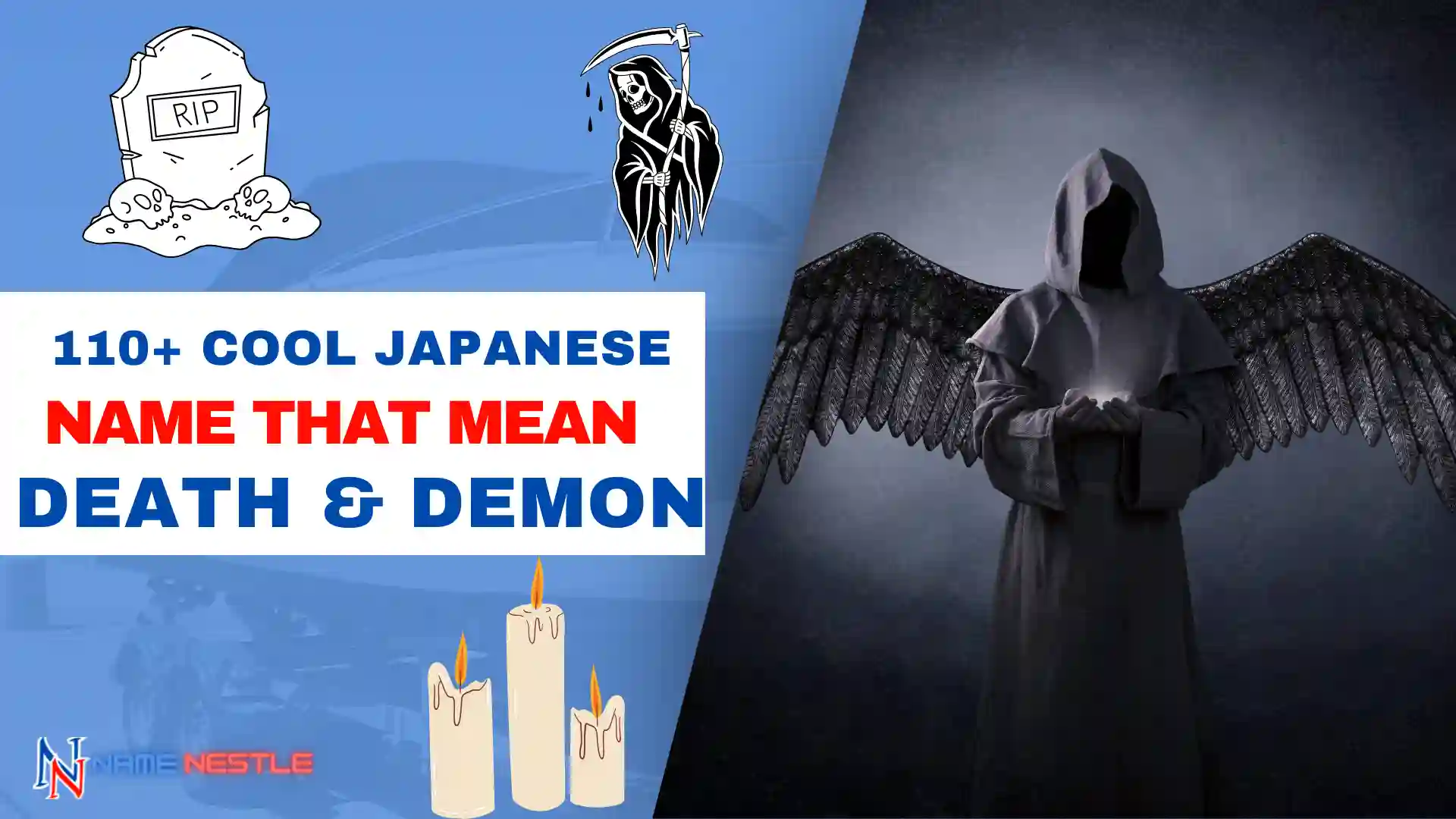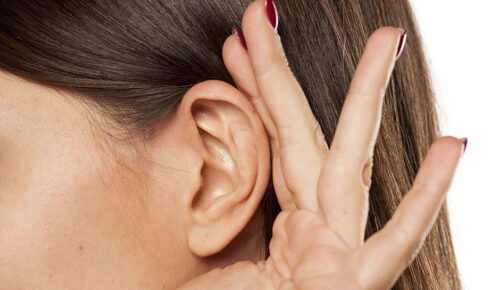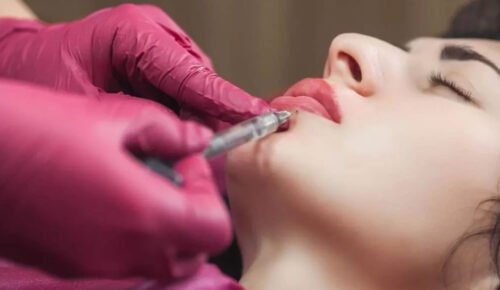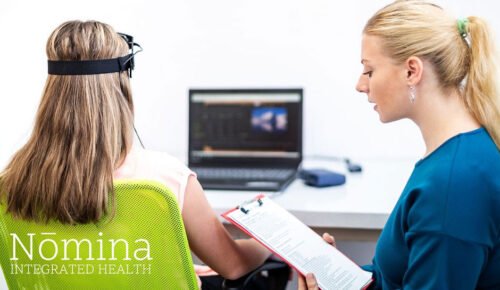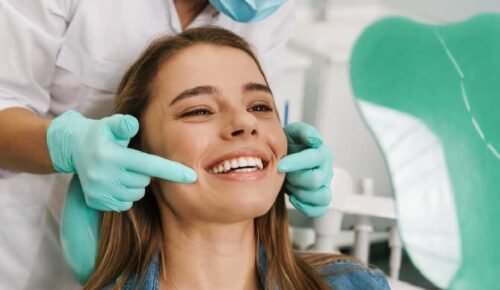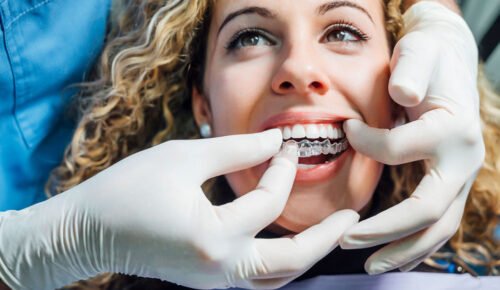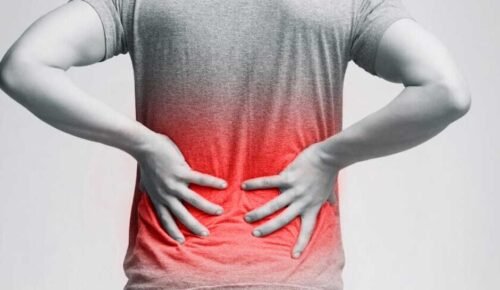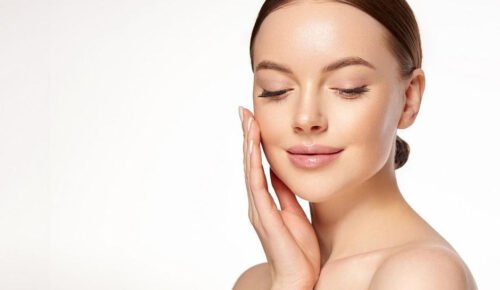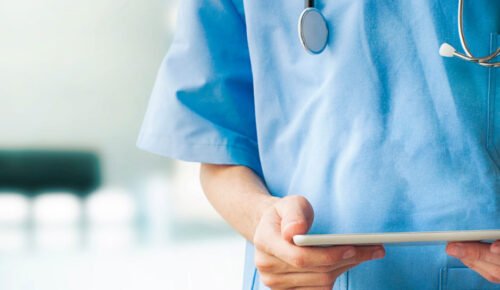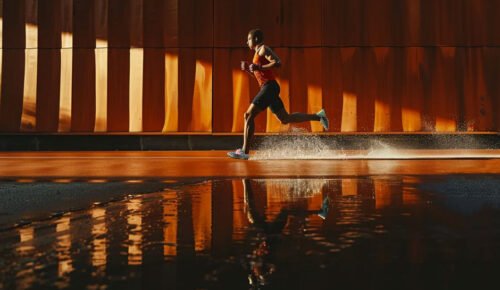Recognizing Key Leg Vein Concerns
Common leg vein problems—like varicose veins and spider veins—cause many adults discomfort and frustration. Varicose veins often look swollen, twisted, and raised above the skin surface. Spider veins are small, web-like clusters of red, purple, or blue lines. Beyond their appearance, these issues can trigger symptoms that signal a problem: heaviness, aching, throbbing, and swelling in the legs, especially after long periods of standing or sitting.
Certain factors can raise the risk of developing these vein problems. Age and genetics play a strong role, and lifestyle habits such as a sedentary routine, obesity, or frequent standing contribute as well.
Spotting symptoms early makes a difference. Treatments work more smoothly when people seek help at the first sign of changes. Early care can help reduce discomfort, improve appearance, and sometimes prevent vein problems from worsening.
Modern Tools for Vein Evaluation with Utah Vein Care Specialists
Today’s vein care teams use advanced diagnostic tools that make evaluations more comfortable and accurate. Duplex ultrasound is a mainstay. This noninvasive test combines traditional sound waves with Doppler technology to show how blood moves through leg veins. The images help detect faulty valves, clots, or blockages.
Vein mapping offers another layer of detail by creating a “roadmap” of vein structure and flow. With this map, specialists pinpoint problem areas for precise treatment. Noninvasive imaging,
including newer, high-resolution scans, adds further clarity without discomfort or dyes.
During a typical evaluation, staff explain each step so patients know what to expect. Most visits last between 30 and 60 minutes. Instructions usually include wearing loose clothing and avoiding lotions or oils on the exam day. After the assessment, the specialist discusses findings and may suggest follow-up visits or next steps based on the results.
Minimally Invasive Treatments: Insights from Utah Vein Experts
Modern procedures treat problematic veins quickly and with minimal discomfort. Three top options include sclerotherapy, endovenous laser therapy (EVLT), and radiofrequency ablation.
Sclerotherapy uses a fine needle to inject a solution directly into the small vessels. The solution irritates the lining, causing the vein to collapse and fade from view. Sessions take about 15–30 minutes for each leg. Most people return to daily routines the same day, experiencing little to no downtime. Minor bruising or swelling can occur for a few days.
Endovenous Laser Therapy (EVLT) involves guiding a tiny fiber into a troubled vein. Laser energy then heats and seals it shut. This process treats larger varicose veins. The procedure takes about 45–60 minutes, and walking is encouraged right after. Mild soreness or tightness may follow for a week, but significant recovery isn’t expected.
Radiofrequency Ablation works much like EVLT, but uses radio wave energy instead of laser. This heats the vein wall from inside, closing it off. The session length and recovery mirror those for EVLT. Most find the procedure comfortable and can drive themselves home.
|
Treatment |
Best For |
Session Length |
Recovery |
Noted Limitations |
|
Sclerotherapy |
Small, superficial |
15–30 mins |
Same day |
May need several sessions |
|
EVLT |
Medium–large veins |
45–60 mins |
1–2 days minor |
Temporary soreness possible |
|
Radiofrequency ablation |
Medium–large veins |
45–60 mins |
1–2 days minor |
Rare skin numbness |
For custom procedure plans, individuals often consult vein specialists Utah to determine which approach fits their lifestyle best.
Sustaining Vein Wellness in Daily Life
Everyday habits can improve vein health and lower the chance of new problems. Simple steps support vein circulation and build better long-term results:
Regular low-impact exercise: Walking, cycling, or swimming keeps blood moving, lowering pressure in leg veins.
Balanced hydration: Drinking enough water thins blood slightly, making circulation easier.
Leg elevation: Raising legs above heart level for short periods helps veins drain and reduces swelling.
Compression wear: Specially designed stockings provide gentle pressure, aiding blood flow and reducing bulging.
Small changes make a difference. Try adding these habits one at a time. Track any improvements in comfort or appearance and share results at follow-up visits. Consistency builds stronger, healthier veins over time.
Empowering Long-Term Vein Health Management
Paying attention to vein health means staying alert for warning signs, using modern diagnostic tools, choosing gentle procedures, and applying daily support steps. Acting early and choosing appropriate care options leads to better outcomes and less disruption to daily life.
Commit to smart vein care by scheduling routine assessments, staying current with new treatment options, and practicing healthy daily habits. Keeping up with these steps supports strong, comfortable legs for years to come. Take actionable steps now for healthier veins and greater confidence in everyday activities.

